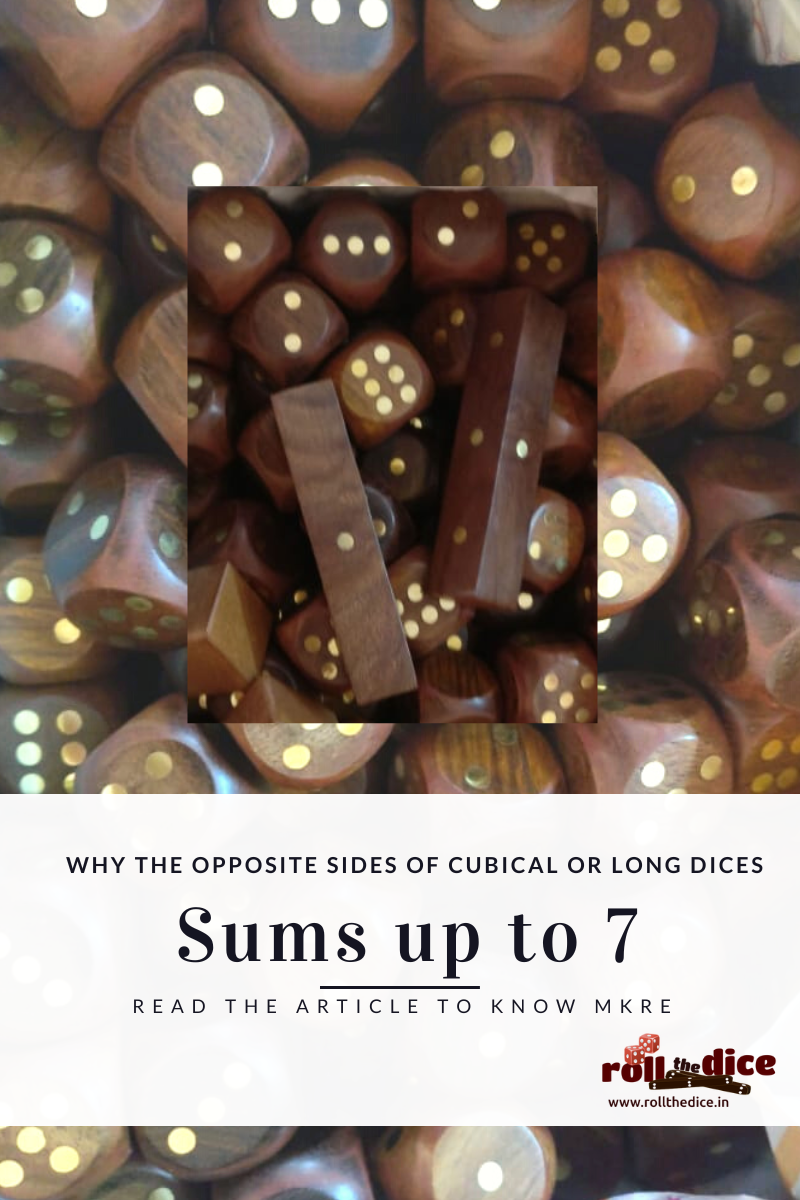
Cracking the Code of Dice: The Fascinating Mathematics Behind Why Opposite Sides Always Sum Up to 7
Share
Have you ever wondered why opposite sides of a dice always add up to 7?
Here is an article to understand how the pattern works and why each number on the dice has an equal chance of appearing when it's rolled.
The numbering pattern on a standard cubical dice, where opposite faces add up to 7, is designed to ensure that the dice is fair and random. The pattern of 1 & 6, 3 & 4, and 5 & 2 dots on the dice is not arbitrary, but rather carefully designed to achieve this goal.
When you roll a standard dice, each face has an equal chance of landing face up. The numbering pattern ensures that each number on the dice has an equal chance of appearing when the dice is rolled. Here's how the pattern works:
- The numbers 1 and 6 are placed opposite each other. This ensures that the total number of dots on each side of the dice adds up to 7, which is the highest possible total on a standard dice.
- The numbers 3 and 4 are placed opposite each other. This ensures that the total number of dots on each side of the dice adds up to 7 as well.
- The numbers 5 and 2 are placed opposite each other. Again, this ensures that the total number of dots on each side of the dice adds up to 7.
By arranging the numbers in this way, the dice is designed to be as fair and random as possible. This ensures that each number on the dice has an equal chance of appearing when the dice is rolled, making it a reliable tool for generating random numbers.
You can check out the various dices available with RolltheDice store.
#DiceMathematics #RandomNumberGenerator #FairDice #OppositeSidesSumTo7 #trivia #

2 comments
Notes chahiye
Notes chahiye